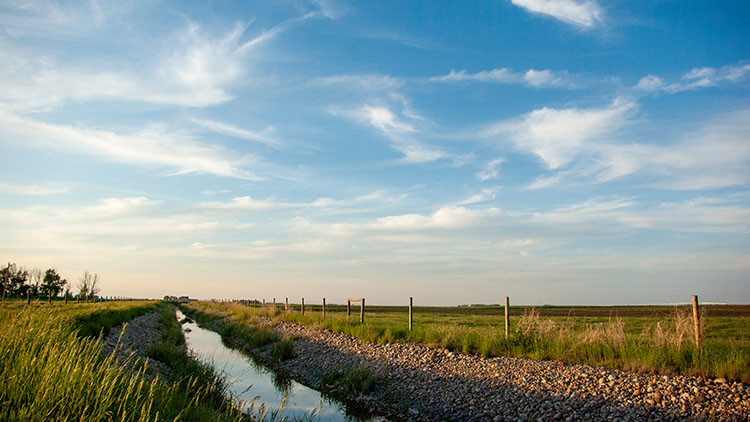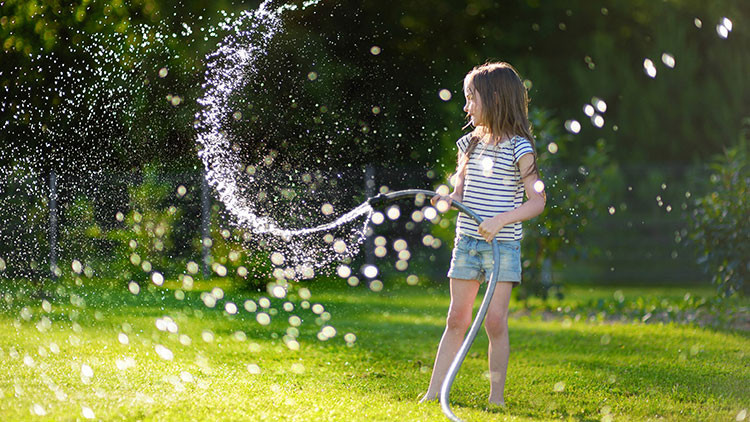Government mail service may be affected by the Canada Post labour disruption. Learn about how critical government mail will be handled.
In focus
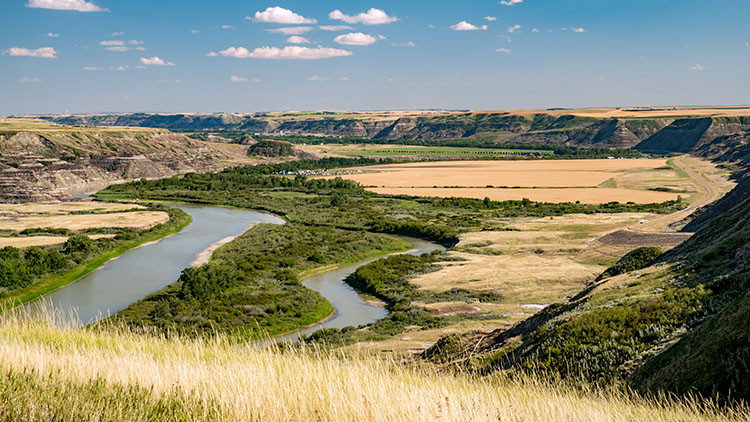
Learn about recent drought response actions undertaken by Alberta’s government and key partners.
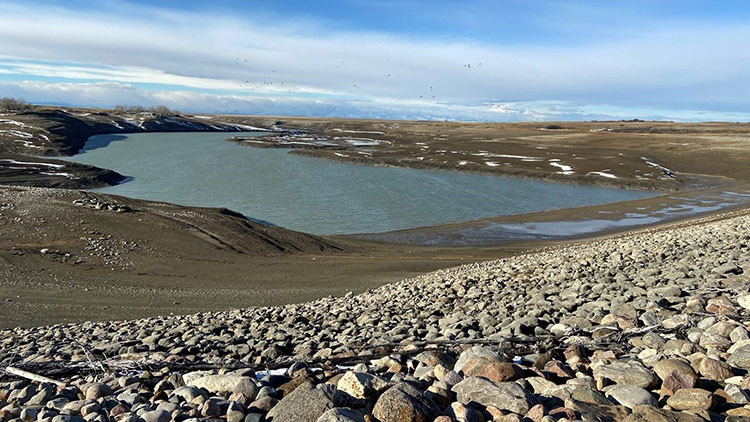
Find out about the impacts of drought on communities and the principles of sound water management.
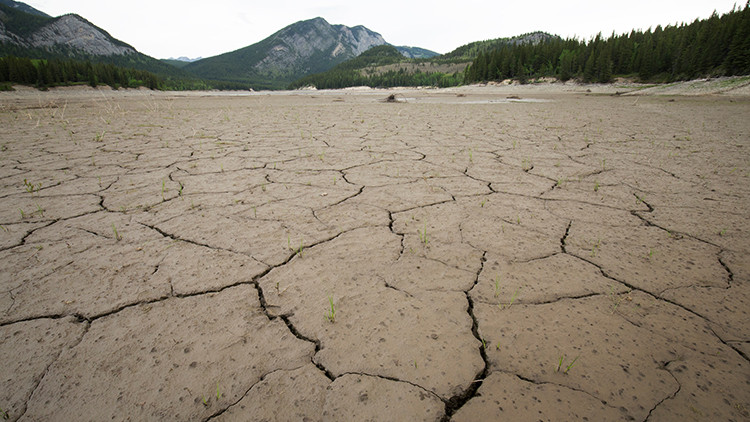
Get the basics about drought and its impacts, as well as provincial water management stages.
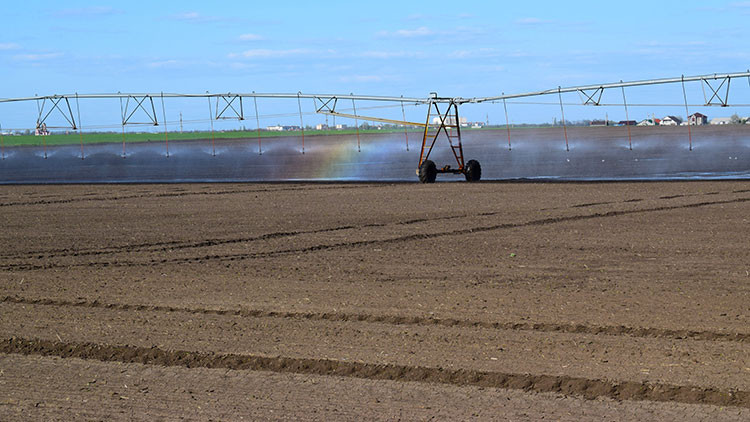
Information and tools to assist with on-farm business management and production issues during dry conditions and periods of business stress.
Overview
Generally, Alberta relies on melting snow and precipitation for most of its water. Droughts are prolonged periods of dry weather that deplete water resources, including:
- natural sources (rivers, streams, lakes, wetlands, groundwater)
- constructed storage (reservoirs and dugouts)
- irrigation canals
- soil moisture
In the past 120 years, 5 major droughts have occurred across the Canadian Prairies. Starting in 1929 with the “Dust Bowl”, multi-year droughts also occurred in the 1980s and the early 2000s.
Current conditions
Alberta’s government is monitoring conditions and working closely with water users and local governments to help manage and conserve water where possible. See:
For updates on current conditions in specific rivers or basins, visit:
- Alberta River Basins
See information in the Advisories menu. - Alberta Rivers: Data and Advisories
Download the Alberta Rivers app.
Contact
Connect with Environment and Protected Areas’ Outreach Services:
Hours: 8:15 am to 4:30 pm (open Monday to Friday, closed statutory holidays)
Toll free: 310-3773 (in Alberta)
Email: [email protected]
